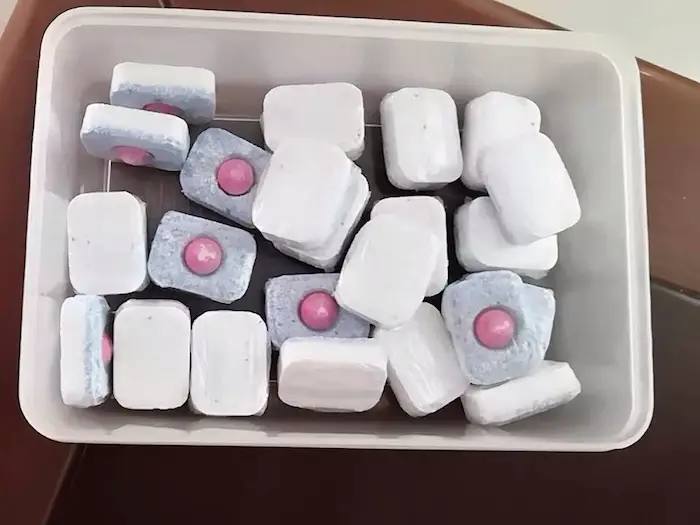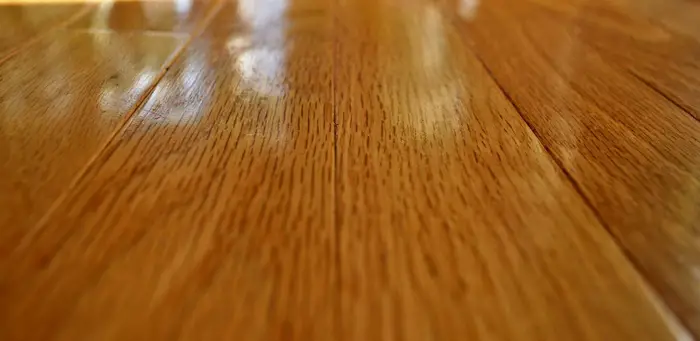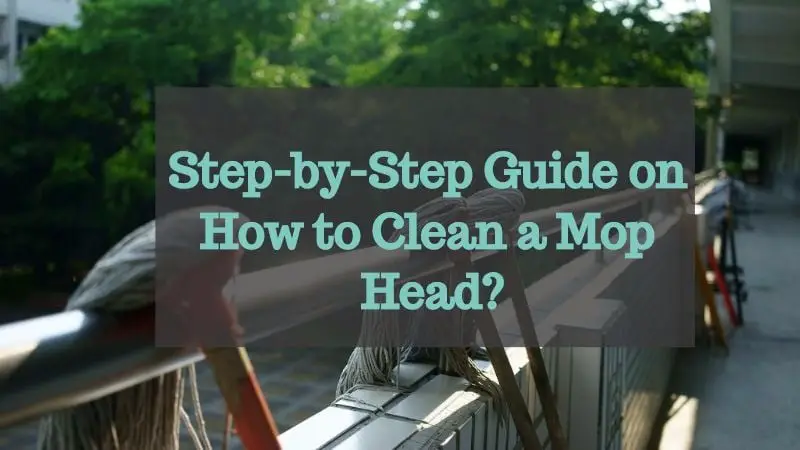Your washing machine is an essential appliance in your home. It cleans your clothes and other laundry in the house. If you have just acquired one, it might take time to know how to use it. You can quickly learn how to use one and learn the fabric softener and detergent that works best for your garments. However, do you know how to clean the machine itself?
Can you put dishwasher tablets in the washing machine? The simple answer is no. It is not advisable to put dishwasher tablets in your washing machine. First, dishwasher tablets have different chemicals. When you place them in your washing machine, they will cause foaming. Not only that, but dishwasher tablets also do not do a thorough job cleaning your device as many people think.
This article will look at the effects of using dishwater tablets on your washing machine, the alternatives available, how to clean your washing machine, and other relevant issues.
Why You Should Never Put Dishwasher Tablets in Your Washing Machine
The use of washing tablets to clean the washing machine is sweeping across social media. However, many manufacturers warn that it could damage your washing machine. Those who have used the tablets say that they work magic. So, it may be true that dishwasher tablets remove dirt from your washing machine. However, could this hack be damaging your washing machine rather than helping out?
Though the effects of using a dishwasher tablet are not severe, experts do not recommend it. Cleaning your washing machine is essential to get rid of bacteria, mold, and dirt. Cleaning it regularly ensures that it runs efficiently and keeps your clothes fresh and bright.
You need to follow the instructions of the manufacturer on how to clean your washing machine. The instructions will differ depending on the type and model. Different companies have their cleaning programs.
The tide is too much when you use dishwasher tablets. Basically, the tablets work at higher temperatures compared to your washing machine. What this means is that the dishwashing tablets will leave residue behind.
How to Clean a Washing Machine

Your washing machine will get dirty over time. Gunk, fabric softener, the detergent will build up, not to mention grime and mold that traps under the rubber seal. Experts recommend that you clean the inside of your machine at least once a month. Below are the steps you need to follow when cleaning your washing machine.
1. Empty your washing machine
As soon as you are done cleaning your laundry, empty your machine to prevent odor from developing inside it.
2. Run the machine using chlorine bleach
Once you empty the machine, add half a cup of chlorine bleach to the dispenser drawer. Set your washer to a normal cycle using warm water and run the cycle.
3. Clean your drum and door
Use a cloth to wash the flexible gasket, door opening, and door glass. Clean them well so that you have a water tight seal. If you have dirt in the gaskets it may form mold. Clean your drum using a householder cleaner that is non abrasive as it prevents dye transfer to any future loads.
4. Clean the dispense drawers
Fabric softener and detergent may build inside the drawers and cause operational problems and odor. You should clean the drawers twice a month. Do not overfill the drawers as it may damage the electronic components.
5. Remove any pet fur or debris
If you live with your pet inside the house, you will find its fur inside your machine. Leave the door of the machine open until the drum is dry, and there is no more pet hair. Use a vacuum brush to vacuum out the fur.
6. Clean the washer
The newer models have a washer cleaning cycle. However, if you are using an old model, users need to use half a cup of liquid chlorine bleach. Run a normal cycle using warm water and follow the manual.
How to Prevent Smell and Mildew in Your Washing Machine
Other than cleaning your machine monthly, always leave the machine door open after each use. By doing this, you allow air to circulate inside the machine and dry any moisture that remains. As a safety precaution, keep pets and kids away from the machine.
Using Chlorine Bleach to Remove the Odor
You should only use chlorine Bleach with warm or cold water. At high temperatures, chlorine loses its effectiveness. Use a liter of chlorine and add warm water at forty degrees Celsius. Although chlorine is excellent at removing mold from glass and tiles, it cannot penetrate porous surfaces. For this reason, it might not grasp the inner drums of your washing machine.
Using Citric Acid to Remove Build-Up
Use one cup of citric acid (see Amazon) and add half a cup of baking soda. Set your machine to a long cycle and set the temperatures at ninety degrees Celsius. Citric acid is a powerful and natural way to remove soap scum, limescale, and build-up. You can also use citric acid and baking soda to get rid of odors.
Cleaning the Washing Machine Filter
To ensure your washing machine is running efficiently, you have to clean the filter. Below are the steps to follow when cleaning your filter.
- The filter door is at the front bottom of your washer if you have a front loader. If you are using a top loader, it is found inside the fabric softener.
- For a front loader, open the access door using a screwdriver. For the top loader, you will have to unscrew the fabric softener and remove the filter.
- Place a towel underneath the door so that you can protect the floor. Use a dish to catch the water. Be careful as you unscrew the filter cap and drain the water slowly into the bowl.
- After removing the filter, you will find debris such as lint, keys, and hair. Dislodge them from the filter and blow it.
- Once you remove the objects, clean the filter using soap and water if necessary to get rid of everything. If the filter is completely clogged, you may have to soak it in water and scrub it thoroughly.
Frequently asked questions
Do you have to use hot water to wash your washing machine?
Hot water is beneficial in killing viruses and bacteria that live in your washing machine. The bacterium comes from the soiled laundry that you wash with the machine. Hot water also helps to get rid of the soap residue.
Does vinegar damage your washing machine?
It is ok to use vinegar inside your washing machine, but you have to be extra careful when using it on the rubber seals. You should avoid vinegar on seals that are made from polyacrylate, Buna-N, and fluorosilicone. Vinegar destroys these materials, and within a short time, they will fail.
What causes the washing machine to get so dirty and ways to prevent it?
The gasket at the front of the washing machine traps a lot of water causing mold to grow. Ensure you wipe the gasket after every wash.
Leave the washing machine door open as mold grows in wet places when the door is open-air gets in and dries the extra moisture.
Ensure you wash at high temperatures so that you can kill all the germs and bacteria in the washer.
Never overuse detergents as they cause build-ups.
See Also:
Best Washing Machine Cleaner For Front Loader
Can I Keep A Washing Machine In The Bathroom?
Can You Use A Dishwasher As A Washing Machine?
How To Use Fabric Softener In Washing Machine Without Dispenser


